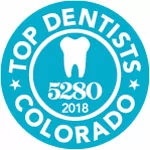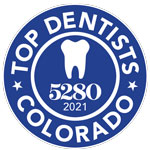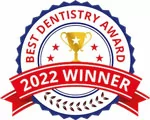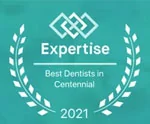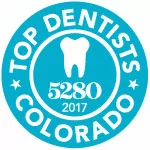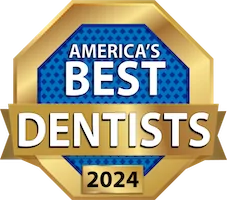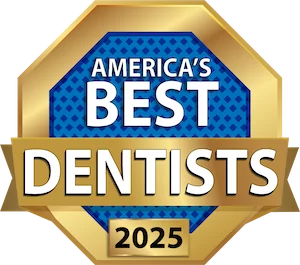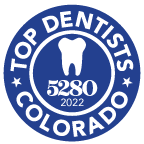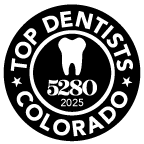Hello friends of Almeida & Bell Cosmetic, Implant & Sedation Dentistry! As the saying goes, there is more than one way to skin a cat (although I don’t know anyone who would want to). Likewise, there is more than one way to fix a tooth. If you are the lucky owner of a set of perfectly healthy teeth, you may never need any of these procedures. However, if you are like most Colorado residents, you will probably need to restore a tooth eventually. Today’s post looks at six restoration procedures that are used routinely to repair damaged teeth:
A Porcelain Veneer
These wafer-thin covers can hide a chip or crack or fix the alignment of a tooth that is slightly crooked.
A Filling, Inlay, or Onlay
This procedure has been used to restore teeth for over a century though the materials and techniques have advanced. One fairly new option is white filling replacement for metal fillings. A traditional filling is shaped and molded after it is applied to the tooth. Because inlays and onlays are created in a dental lab, they are ordinarily called indirect fillings. Inlays are applied to just the center of the biting surface of a tooth (not to a cusp or point) and are ordinarily smaller than onlays. An onlay restores one or more cusps of a tooth.
Dental Bonding
Bonding, officially called direct composite veneers, is used to correct chips, cracks, stains, and make teeth longer. It is also sometimes used to fill cavities. A skilled cosmetic dentist applies pliable composite resin and molds it to the perfect shape necessary. The resin is then hardenend with a special curing light.
A Dental Crown
A crown replaces the entire visible portion of the tooth, restoring appearance, stability, and function. Crowns are used for teeth that have had a root canal, teeth with severe decay, the replacement tooth in a dental bridge, and the visible portion of a dental implant. Crowns can be made of all metal (such as gold), porcelain-fused-to-metal, all ceramic, or all resin.
Dental Implants
Many dentists consider a tooth implant to be the ultimate restoration because it restores the entire tooth – both root and crown. Most dental implant recipients report that the implant is indistinguishable from a natural tooth. Another advantage is the fact that an implant can prohibit bone recession which is common at an extraction site. Dental implants are used in a variety of applications such as anchoring dentures and dental bridges.
For more specifics about any of these procedures, call Almeida & Bell Cosmetic, Implant & Sedation Dentistry at 303-858-9000.
Contact Almeida & Bell Cosmetic, Implant & Sedation Dentistry:
303-858-9000
Locations (Tap to open in Google Maps):
Almeida & Bell Dental – Lone Tree
8683 E Lincoln Ave Ste 200
Lone Tree, Colorado
80124
Almeida & Bell Dental – Denver
9126 57th Ave.
Denver, Colorado
80238


